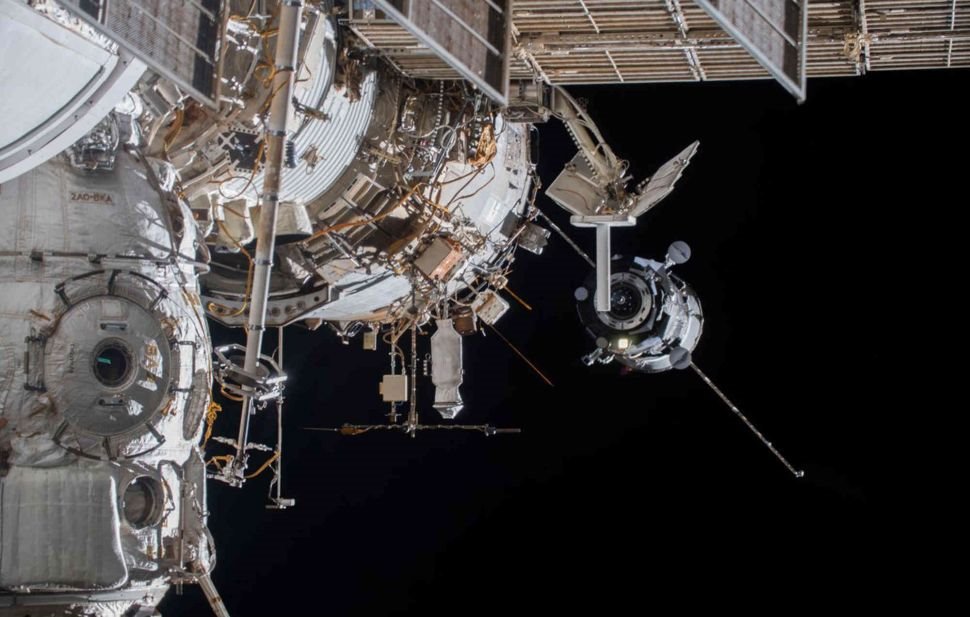
The image shows a Weddell seal with a conductive, temperature, and depth sensor attached to its head. (Image Credit: Nobuo Kokubun (NIPR))
Like living robots. Every hear of the "Internet of Animals?"
It may seem bizarre at first, but Oceanographers from Japan's National Institute of Polar Research (NIPR) outfitted eight Weddell seals with a 500g monitoring device atop their heads. The purpose of this is to provide scientists with better insights into the waters under Antarctica's thick ice sheet during the wintertime.
Each seal wore a head-mounted conductivity, depth, and temperature sensor for a research project that took place between March and November 2017 in Antarctica. The sensors provided scientists with observation data for water temperature and salt levels in regions with extreme environmental factors. Overall, the research projects help track the seals' behavioral patterns and ecology.
The data collected from this research revealed that one seal traveled 393 miles from Japan's Showa Station in Antarctica. Meanwhile, one descended to 2,297 feet. Also, the scientists learned that the open sea's warm and low salinity seawater reached Antarctica during autumn, and the water deepened as the season progressed. This water moved below the ice, where Antarctica krill and other prey surfaced.

Diagram showing how autumn and winter oceanographic impacts the continental shelf. Colored arrows represent the cross-shelf water inflow, while block arrows represent the trophic energy flow. (Image Credit: Shinichiro Kinoshita)
The study demonstrated that seals with sensors explore oceanographic and ecological conditions across Antarctic continental shelves covered with land ice. Now, the team wants to scale down the device so that it can be worn by animals in the South Pole, including penguins, to study global warming's impact on Antarctica coastal regions.

Russian astronauts installed IACRUS on the International Space Station in 2018. (Image Credit: ESA/NASA/AstroSerena)
In addition, the International Space Station is helping to monitor the world's wildlife. The approach, called ICARUS (International Cooperation for the Research of Animals Using Space), relies on equipment and a large antenna to keep a watchful eye on animals from afar. Essentially, it logs an animal's location, physiology, and environment while providing a wide range of data compared to other tracking technologies. ICARUS also decreases the transmitter size worn by animals while making them more affordable.
With this system, researchers can track bird flocks while they fly over long distances rather than one or two at a time, along with insects. Even then, wildlife biologists can quickly respond to changes whenever species move. People around the world can use the animal tracker app to track their favorite animals while they're monitored by the ISS.
Along with a communication system, ICARUS uses communication technology to help monitor small animals. Scientists place the solar-powered bio-logger on them. These weigh less than three grams. Once added, sensors remain on animals and insects, including locusts, songbirds, and baby turtles.
ICARUS also keeps track of elephants that could be poached in Africa or bats, pangolins, and other animals that contribute to a viral epidemic. Each sensor costs $500. They also last throughout an animal's lifetime and store up to 500 megabytes.
Have a story tip? Message me at: http://twitter.com/Cabe_Atwell
